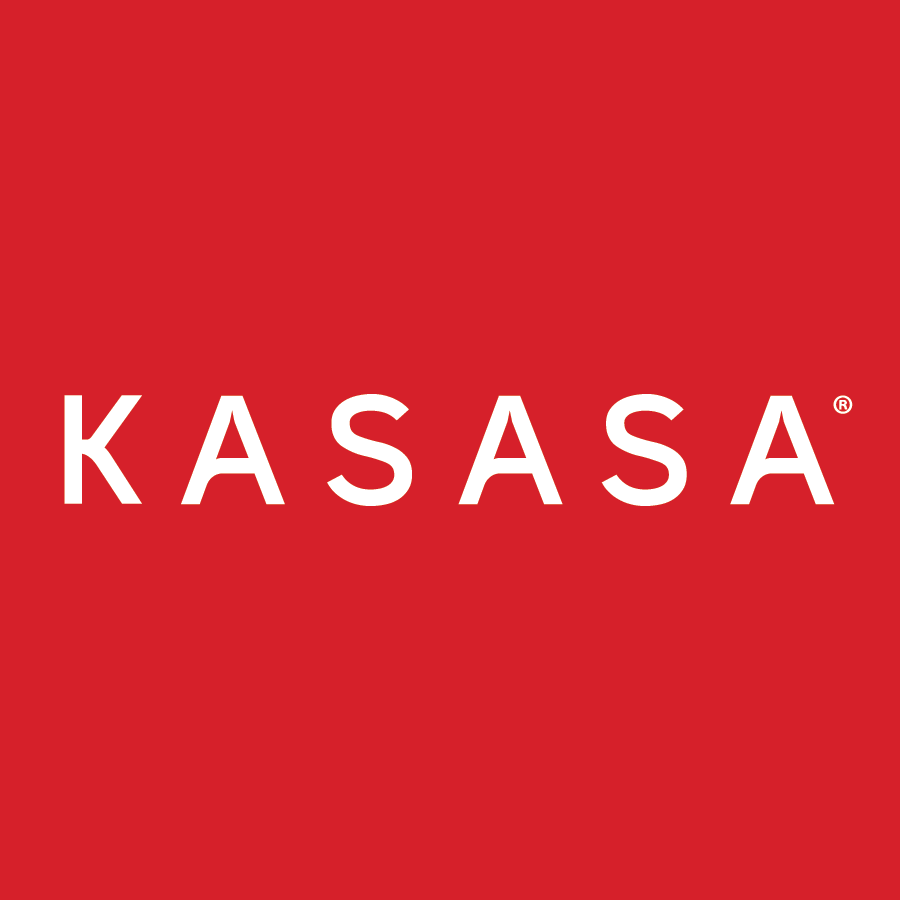Marketing is important, and every year the number of items you can spend your budget on increases… while the results may not. But what if you could identify a few proven strategies to grow your institution’s visibility, account holders, and engagement?
This year it’s all about innovation. The pace of innovation is never going to be slower than it is right now, so it’s the perfect time to stop hesitating and get started. Here are four strategies you should consider incorporating into your marketing game plan in 2020.
Consumers expect you to use artificial intelligence.
The megabanks, like Chase and Bank of America, are already using AI, and consumers want it from community financial institutions too. A study by Varo Money found that 52% of Americans are frustrated with their current mobile banking solution for reasons like not having access to their banker at all times, not getting insights or recommendations for their finances, and not being able to set goals or automatically save money. Check out how you can help them solve those problems in this blog post.
Find the right partners to maximize your resources.
If you’re like most community financial institutions, you have a small budget and limited resources to help you reach all of your goals this year. It’s okay to ask for help. There are plenty of vendors who can help you with product design, marketing, and training (Kasasa can help with all three!). These companies have likely tested, failed, and found efficient strategies that truly work for institutions like yours. For example, with the right vendor and tools, you can reduce risk and quickly generate consumer-facing materials that are compliant with state and federal guidelines — all while reserving your valuable resources to focus on other priorities. See more tips for stretching your resources further here.
Leverage data to drive down acquisition costs
Today, there is very little reason to wonder which of your marketing channels landed you your new consumers, thanks to attribution technologies. Marketing attribution is the ability to look at new consumers and trace their journey back to a “first touch,” which is typically going to be some kind of advertising material. In turn, this data allows you to better allocate your marketing dollars, by highlighting the channels or campaigns that bring in the most customers. Learn how we are implementing technology that allows us to examine consumer journeys in aggregate without losing sight of the four, five, or even six touches that may happen before someone opens an account.
Effective change management starts at the top.
No matter which initiatives you decide to introduce this year, the change starts with you. Having buy-in from every executive at your institution is essential. Whatever your goals are, use your behavior as a model for how you’d like your staff to perform. Keep your front line engaged and accountable for all of your goals by following our tips in this blog.
Only you can decide which approaches fit your institution's needs, but by starting with these four strategies, you can set yourself up for success in 2020.



